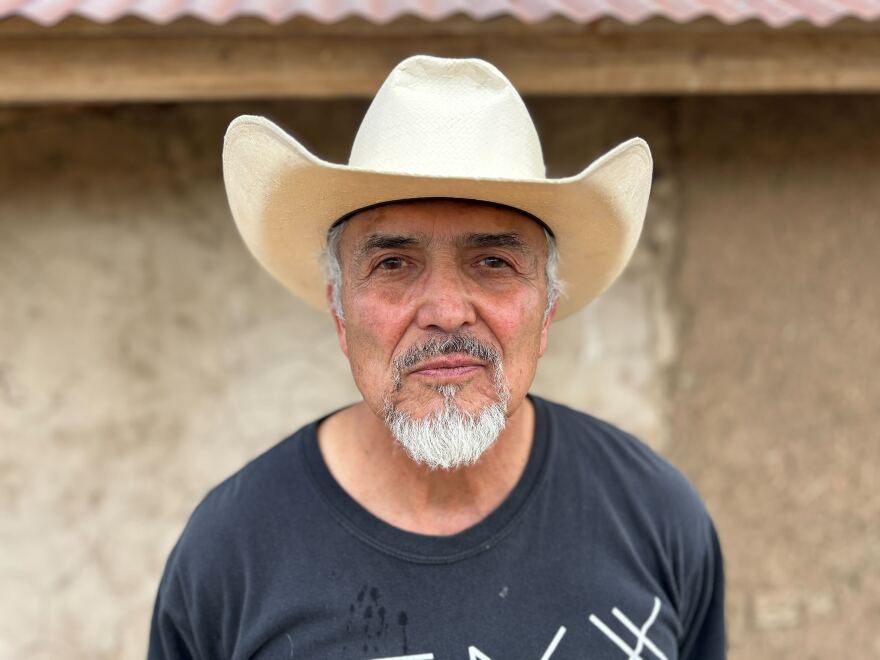Director Christopher Nolan has turned the Manhattan Project into a summer blockbuster: 'Oppenheimer' is set in Los Alamos, the place where the first atomic bomb was tested. But fewer people know the history of Carrizozo, a rural farming area downwind of the test — and a community still dealing with the fallout to this day.
Radioactive fallout from the bomb settled on everything: the soil, gardens, and drinking water. Cow’s milk became radioactive. Later, hundreds of people developed radiogenic cancers.
The people of Carrizozo were among the first people in the world exposed to a nuclear blast. More than 75 years later, their families are still fighting for medical compensation from the federal government.
Host Nate Hegyi traveled to New Mexico to visit the Trinity Site, and to hear the stories of so-called ‘downwinders’.
Featuring: Paul Pino, Tina Cordova, Ben Ray Lujan


LINKS
The federal government has produced a few studies on the fallout from Trinity. This one from Los Alamos found that there was still contamination in the area in 1985.
Another, from the Centers for Disease Control and Prevention, produced one of the most in-depth histories of the fallout from Trinity and the government’s reaction.
The National Cancer Institute found that hundreds of people likely developed cancer because of the fallout.
The history of Trinity is full of strange little details, like the desert toads that were croaking all night.
You can find affidavits and first-hand accounts of the fallout from Trinity at the Tularosa Basin Downwinders Consortium website.
This review by the Bulletin of Atomic Scientists explains why it’s so hard to determine a definitive death toll for the US bombings of Hiroshima and Nagasaki during WWII.









